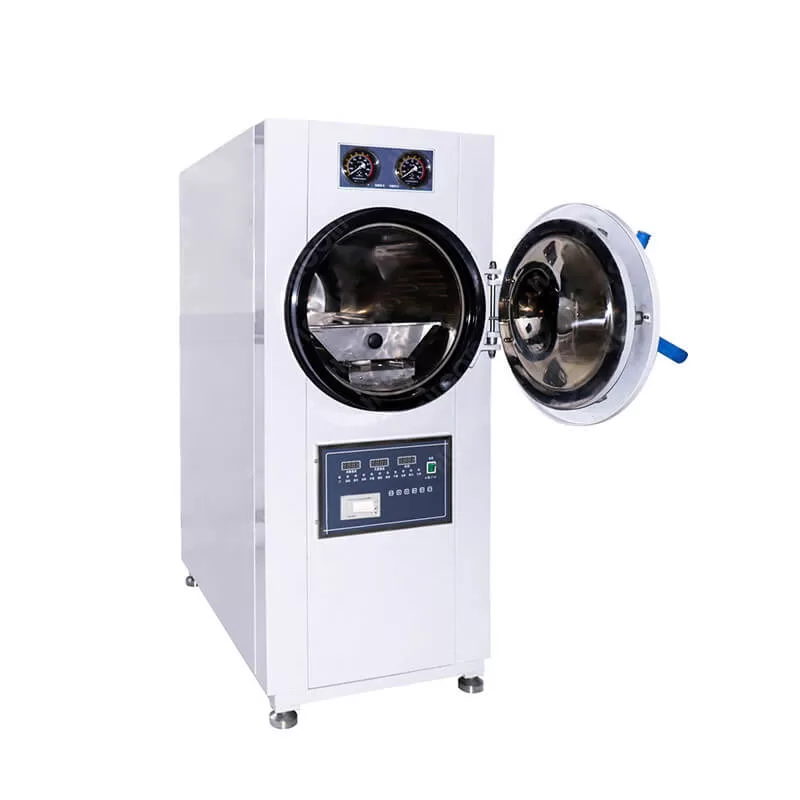Description
Horizontal Autoclave Sterilizer Application
Horizontal autoclave sterilizers are often used in healthcare facilities, laboratories, and in other applications that require sterilizating tools, instruments, and materials. They are typically used when there isn‘t enough room for a larger autoclave, like a benchtop autoclave. Medical offices, dentist offices, hospitals, and clinics may use them to sterilize instruments and supplies. Laboratory settings may also use them to sterilize glassware and other laboratory items. In the food industry, these autoclaves may be used to sterilize jars and containers for canning or bottled items.
Horizontal Autoclave Sterilizer Characteristic
A horizontal autoclave sterilizer generally has several key features, including its use of high–pressure steam or hot water to effectively annihilate harmful bacteria in order to make objects free from germs and promoting cleanliness, as well as a secure locking system and safety valve which ensures proper functioning and safety. Additionally, horizontal autoclave sterilizers often include a durable chamber, indicator for cycle completion, interior illumination for visibility of instruments, in order to make sure that the items put in for sterilization have been adequately sanitized. Many feature adjustable time, temperature, and pressure settings for improved customization, as well as programmable memory and several preset cycles for specific sterilizing tasks.
How Autoclaves Work?
An autoclave is a device that sterilizes equipment and instruments through high–pressure steam. Autoclaves are used across industries to sterilize medical instruments, laboratory equipment, pharmaceuticals, and food.
Autoclaves work by creating a pressurized steam chamber. The high–pressure steam penetrates and kills the germs and bacteria on whatever material is being processed.
Because the steam under pressure heats up faster and at higher temperatures than normal atmospheric pressure, it is able to kill most bacteria, spores and viruses. Autoclaves are typically heated up to 121–134 Celsius (250–273 Fahrenheit) for 15–20 minutes, but the temperature and time needed varies from material to material and even from purpose to purpose.
The high temperatures and pressure also help to remove air pockets in the material being sterilized, which further enhances sterilization. When the process is complete, the autoclave vents and cools dow, allowing for safe use of the materials inside.
Horizontal Autoclave Sterilizer Parameter
Technical data | LPWS-150YDB | LPWS-200YDB | LPWS-280YDB |
Sterilizing chamber volume | 150L φ440×1000mm | 200L φ515×1000mm | 280L φ600×1000mm |
working pressure | 0.22 MPa | ||
working temperature | 134℃ | ||
Adjustment of temperature | 105℃ – 134℃ | ||
Time of sterilization | 0-99 min | ||
Time of drying | 0-99 min | ||
Heat average | ≤± 2℃ | ||
Power | 9KW/380V 50Hz | 9KW/380V 50Hz | 12KW/380V 50Hz |
Dimension | 1400×650×1600 | 1400×750×1700 | 1520×910×1900 |
Transport dimension | 1560×820×1820 | 1560×910×1880 | 1680×1080×2100 |
G.W/N.W | 430/340 KG | 436/350 KG | 570/462 KG |


Reviews
There are no reviews yet.